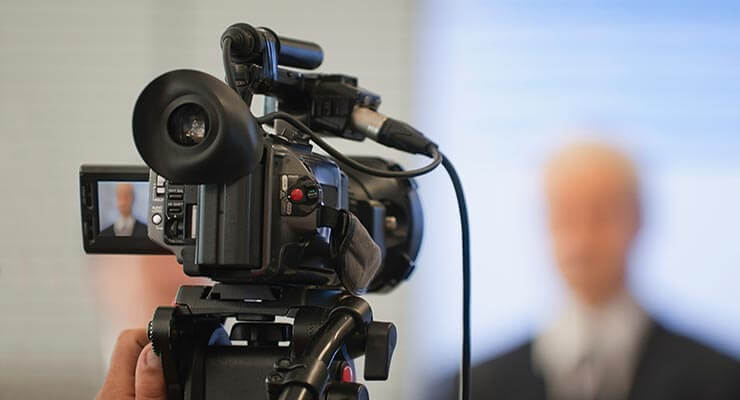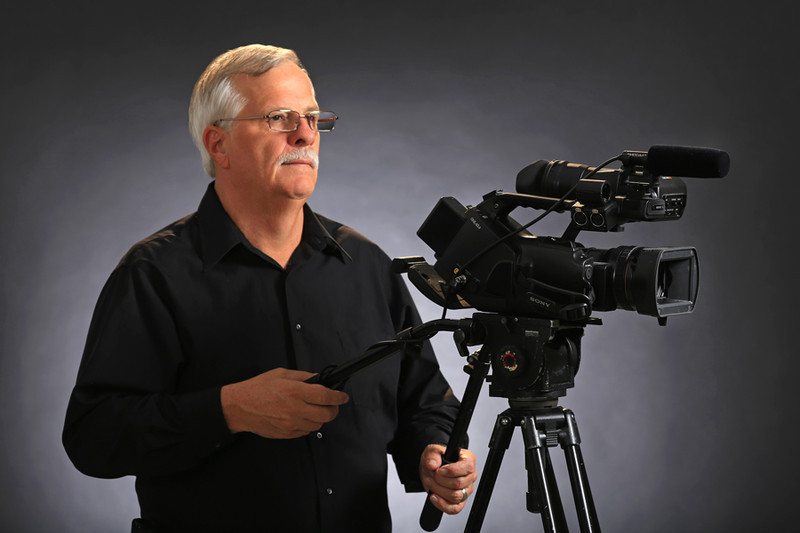Legal Videography: A Powerful Tool for Ensuring Courtroom Transparency
Legal Videography: A Powerful Tool for Ensuring Courtroom Transparency
Blog Article
Why Legal Videography Is Essential for Accurate Court Recordings
The duty of lawful videography in courtroom settings can not be overemphasized, as it offers as an essential device for protecting the integrity of court records. The ramifications of incorporating legal videography into standard courtroom methods elevate important inquiries regarding its wider influence on the legal system.
Significance of Visual Proof
In the world of lawful process, the importance of visual proof can not be overemphasized. Aesthetic evidence functions as a powerful device in establishing realities, affirming statements, and enhancing the total clearness of a case. This kind of proof, which includes pictures, video clips, and diagrams, can offer a tangible context that verbal summaries commonly do not have, consequently supplying juries and courts a clearer understanding of the conditions surrounding a situation.
In addition, visual evidence help in the retention of information. Human cognition is inherently visual, and people are more probable to keep in mind and comprehend info provided in a visual format. In the courtroom, this can be essential, as engaging visual proof can sway opinions and strengthen the narrative provided by lawful agents.
In addition, using aesthetic proof can reduce misconceptions and obscurities that often develop from spoken exchanges. By providing a straight depiction of events, aesthetic evidence helps to remove subjective analyses and cultivates a more unbiased evaluation of the facts. Consequently, the integration of visual proof right into lawful procedures not only reinforces the integrity of the judicial process however additionally boosts the possibility of accomplishing a just result.
Recording Non-Verbal Cues
Making use of innovative videography methods can significantly boost the capture of non-verbal cues throughout legal procedures. Non-verbal interaction, consisting of faces, body movement, and eye contact, plays a crucial role in sharing emotions and purposes that may not be explicitly stated in spoken testimony. legal videography. Lawful videography employs high-def video cameras and calculated angles to ensure that these subtle hints are recorded with quality and accuracy
The capability to analyze non-verbal behavior can offer important context to declarations made throughout court sessions. For instance, a witness's reluctance or confidence can be translated through their posture or gestures, possibly influencing the court's understanding of trustworthiness. Moreover, using close-up shots can assist concentrate on a speaker's expressions, enabling for a more nuanced understanding of the testimony.
Additionally, incorporating multiple video camera angles can develop an extensive view of communications, highlighting characteristics between parties included. This diverse method not just enhances the accuracy of the court document but also aids in preserving the stability of the judicial procedure - legal videography. Inevitably, capturing non-verbal signs via legal videography fosters a richer, a lot more full representation of court proceedings

Enhancing Statement Dependability
The dependability of testament can be dramatically boosted through making use of high-grade legal videography. Video clip recordings function as an objective tool that records not only the talked words of witnesses however likewise the nuances of their distribution, including tone, pacing, and emotional expressiveness. This complex paperwork provides a more clear understanding of the witness's credibility and objectives, which can be crucial in legal process.
Moreover, legal videography minimizes the capacity for false look at this now impressions that may occur from written transcripts alone. When jurors can observe a witness's visit site disposition and body movement along with their statement, they are better furnished to analyze the authenticity and reliability of the proof presented. This visual context can enhance the testimonial narrative, making it a lot more engaging and reputable.
In addition, the presence of a video clip recording can hinder prospective disparities in statement. Witnesses might be a lot more mindful in their declarations when they know they are being tape-recorded, resulting in even more precise and truthful accounts. Overall, top notch legal videography improves the honesty of testimony, guaranteeing that the court has accessibility to a total and genuine representation of the realities as conveyed by the witnesses.
Sustaining Appeals and Reviews
Lawful videography plays a critical function in sustaining allures and evaluations by providing an extensive visual record of courtroom process. This visual documentation captures not just the spoken words of witnesses and lawyers however also the subtleties of body language, intonation, and court room dynamics. Such aspects can be pivotal in recognizing the context of testimonies and disagreements provided.
In the appellate procedure, where the emphasis is on mistakes of law and procedural fairness, a video clip document can work as a vital device for appellate courts. It makes it possible for courts to assess the original trial context, making sure that choices are based on a complete understanding of the procedures. The ability to aesthetically examine the demeanor of witnesses or the interactions in between you can look here events can disclose understandings that written records may overlook.

Additionally, legal videography can help in making clear ambiguities in testaments or step-by-step rulings, consequently strengthening the basis for a charm. By providing a dependable, unbiased account of what taken place in court, lawful videography not just sustains the integrity of the legal process but additionally equips all celebrations entailed to make enlightened decisions concerning their cases.
Enhancing Court Procedures
Enhancing court effectiveness, lawful videography improves processes by offering prompt access to visual records of proceedings. This innovation enables judges, lawyers, and juries to revisit critical testimony and proof, making sure that all parties have a clear understanding of the case. By capturing the nuances of verbal and non-verbal interaction, videography improves the record, making it simpler to realize the context and weight of statements.

Additionally, video recordings can help with remote engagement in hearings, enabling higher flexibility in scheduling and participation, which is specifically important in intricate cases entailing multiple stakeholders.
Final Thought
To conclude, legal videography plays an essential duty in making certain accurate court recordings by offering necessary visual evidence that captures both verbal and non-verbal communication. This method improves the integrity of testaments, supports appellate evaluations, and streamlines court room processes. By fostering a thorough understanding of court characteristics, legal videography eventually adds to much more equitable judicial results, strengthening the stability of the lawful system and helping with notified decision-making.
Report this page